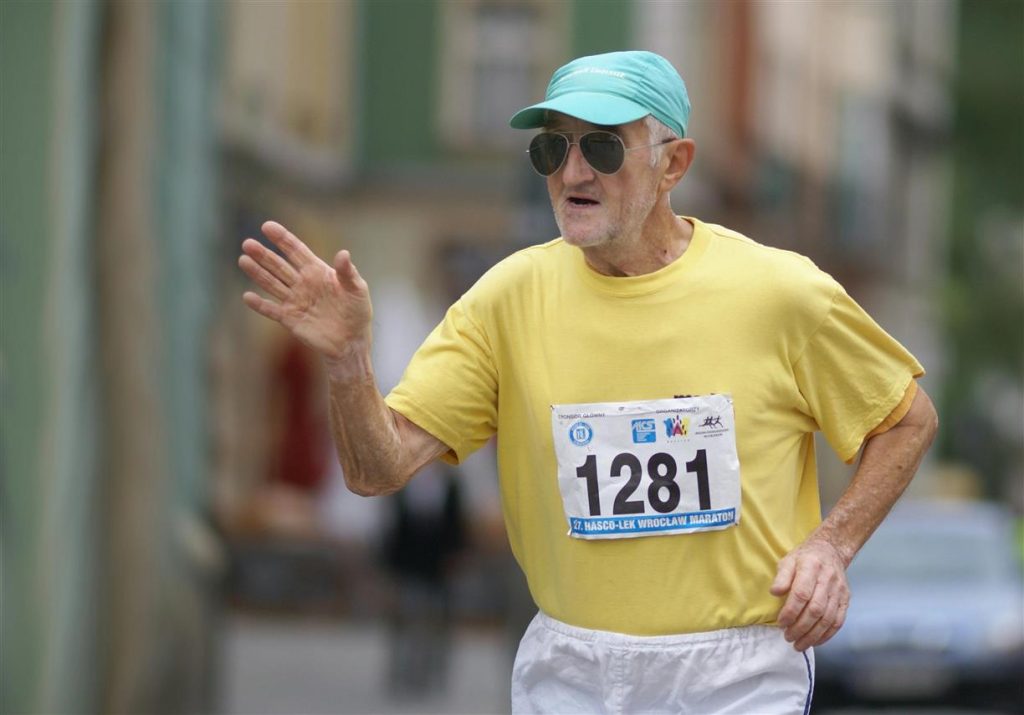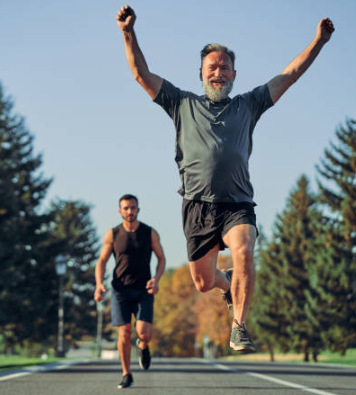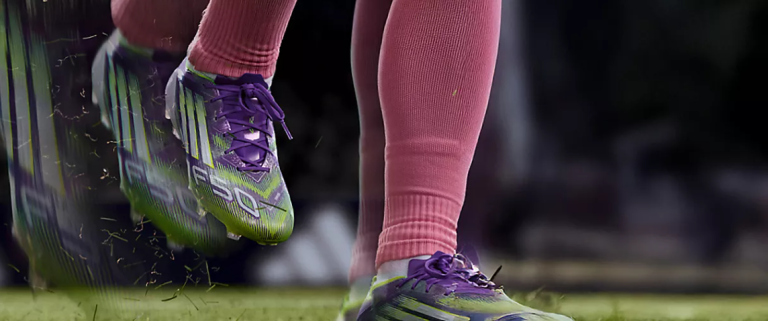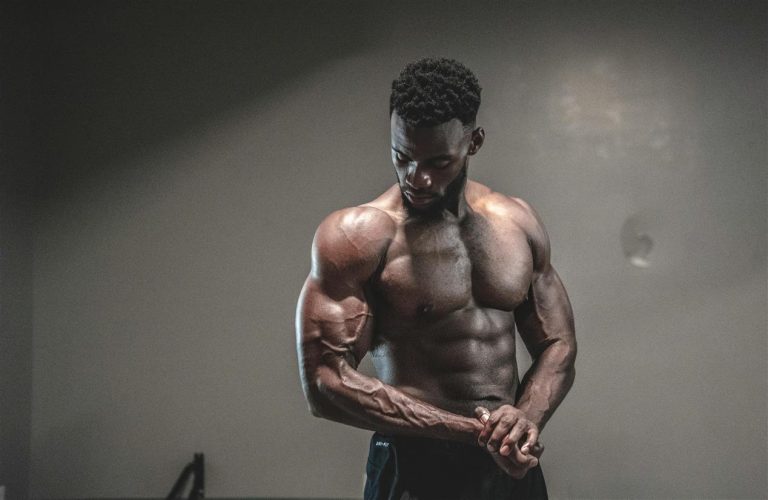
For decades, athletic prime has been boxed into a narrow age bracket. In most sports, the expectation was clear: peak in your twenties, maybe early thirties if you’re lucky, and then fade gracefully into retirement or transition to commentary roles. But those lines are blurring. Whether it’s Tom Brady throwing touchdowns in his forties, Serena Williams competing at elite levels post-motherhood, or marathoners setting personal bests in their late thirties, older athletes are not just hanging on—they’re still winning.
This isn’t a fluke. It’s a recalibration of what we thought was possible, driven by changes in training, recovery, mindset, and motivation. And as more sports fans and organizations recalibrate their definitions of “prime,” the question is no longer “how much longer can they go?” but “why didn’t we believe they could all along?”
The Old Model: Fast Rise, Fast Fade
The traditional arc of an athletic career was once tightly scripted. You were scouted young, developed quickly, peaked early, and then spent the second half of your career managing decline—if you even made it that far. Age thirty was often seen as the beginning of the end, particularly in high-impact sports.
But that framework never really accounted for individual differences in physiology, mental endurance, or adaptability. Nor did it reflect how much athletes could improve, even later in life, when given the right tools, coaching, and support.
What we’re seeing now isn’t a miracle of aging—it’s a better understanding of how to stay in the game, and even dominate, as the body changes.

Smarter Bodies, Not Just Stronger Ones
Age brings wear and tear, but it also brings wisdom. Many older athletes today know their bodies better than they ever did in their youth. They train more strategically, listen to signals more carefully, and focus on long-term durability over short-term intensity.
Take stretching, sleep, and mobility work—often treated as afterthoughts in younger years. For veterans, these become non-negotiables. Recovery isn’t something you do when you’re injured—it’s a daily practice.
Many older pros also reduce training volume in favor of efficiency. They’re not doing less; they’re doing only what matters. That means better periodization, personalized regimens, and being okay with saying “no” to pushing through fatigue just for the sake of the grind.
Nutrition and Recovery: A New Game Plan
Gone are the days of carbing up indiscriminately and icing injuries with frozen peas. The new generation of older athletes embraces science-backed recovery: cryotherapy, massage guns, intermittent fasting, micronutrient tracking, and precision hydration.
Nutrition is now deeply personal—less about general rules and more about what fuels each individual best. There’s more experimentation, but also more consistency. It’s about building routines that serve the body as it changes, not resisting the change itself.
And then there’s sleep. Once dismissed as a luxury, sleep is now considered essential for performance longevity. Many elite athletes track it obsessively, with devices and apps that help them adjust their habits based on what their bodies are telling them.
The Mental Edge
Experience isn’t just a nice-to-have—it’s often the difference between good and great.
Older athletes often have a psychological advantage: they’ve been under pressure, made mistakes, endured criticism, and learned how to manage the emotional weight of competition. They’re more likely to focus, stay present, and recover mentally from setbacks.
They also know when to peak. While a younger athlete might waste energy trying to win everything, a seasoned competitor is more likely to conserve effort for what really counts.
That mental clarity also allows many older athletes to redefine success. It’s not always about chasing personal bests. Sometimes it’s about outthinking opponents, staying healthy for another season, or mentoring the next generation while still competing at a high level.

The Role of Identity
A growing number of veteran athletes are rejecting the notion that identity must shift once performance declines. For them, sport is not just a job or a phase—it’s part of who they are. That mindset fuels longevity.
This deeper connection to the craft can be a strong motivator. For some, it’s about legacy. For others, it’s simply love for the game. Either way, there’s often less pressure to prove something and more room to enjoy the moment.
And in many cases, athletes are becoming more vocal about aging in sport—not as a barrier, but as a badge. They’re challenging the idea that visibility and value fade with age, both on and off the field.
Systems Still Need to Catch Up
Despite these shifts, sports systems are still often built around youth. Contracts favor early bloomers. Media focuses on rising stars. Sponsorship dollars still flow more freely to athletes under 30. And coaches, teams, and institutions sometimes perpetuate outdated assumptions about when athletes “should” retire.
There’s also the issue of access. Not every athlete has the resources for advanced recovery tools, private chefs, or personal trainers. Many of the older success stories come from well-supported environments—so there’s still a class element to who gets to compete longer.
If sports are serious about supporting longevity, they’ll need to adapt everything from youth development pipelines to health insurance structures to post-career planning.
A Broader Cultural Shift
The rise of older athletes doesn’t just reflect changes in sports science—it mirrors a broader cultural reevaluation of age and potential.
Across industries, people are pushing back against ageist assumptions. Career reinventions, late-life entrepreneurship, and second acts are becoming normalized. Athletic longevity fits into that same narrative: you don’t stop getting better just because you get older. You just get better in different ways.
And for fans, it’s inspiring. Watching someone dominate at 37 or 45 isn’t just impressive—it’s deeply human. It makes the impossible feel a little more within reach for all of us.
Final Whistle? Not Yet
The “age gap” game isn’t about defying time—it’s about understanding it differently. The athletes who are staying competitive into their late 30s, 40s, and beyond aren’t cheating biology. They’re working with it. Respecting it. Adapting to it with patience and care.
In doing so, they’re not just extending their careers. They’re reshaping the story we tell about athletic prime. They’re showing us that greatness doesn’t always peak early—or disappear quickly. Sometimes, it endures. Quietly. Powerfully. And against expectation.






